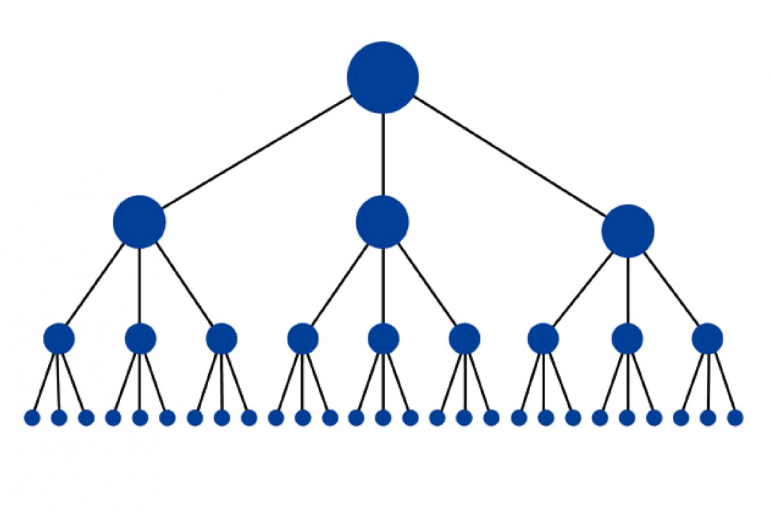
Image Credit: https://moz.com/
This post may contain affiliate links please read our disclosure for more info.
Unless I am in a room full of SEO specialists or content marketing managers, talking about internal links on blog pages is unlikely to make me lots of new friends. I might soon find myself standing all by myself if I mentioned the subject at a social gathering, for example. It may not the most captivating of subjects to the layman, but it is vitally important in determining how successful your website is in retaining prospective customers and decreasing your website’s bounce rate. If you are not sure what a bounce rate is, please read this post, Business Owners – Are you Tracking Your Bounce Rate?
Internal Links: Why are they so Important?
Internal links are important because they improve your website’s SEO and encourage your website’s visitors to read other related blog posts and stay on your website longer. In turn, this will make them more likely to consider your company’s products and services. Furthermore, a happy by product of this increased average session duration is that Google and other search engines will consider your website to be a quality website and will send you more organic traffic. There are many factors that Google considers in this respect but average session duration and bounce rate are two important ones that you can influence directly.
Of course, you will need to create good content on a regular basis if increasing internal links is to be an effective strategy for you. We can help you with that. Do not rely on the WordPress ‘related posts’ plugin to promote internal links because that appears at the bottom of blog posts and many of your readers will have clicked away before they get to the bottom.
Internal Links: Are you Using Them Enough?
There is no hard and fast rule about the number of internal links per post but I have found that 5 or 6 relevant internal links is normally enough to encourage web visitors to read more posts. You should insert internal links into every blog post. They can be organically integrated into the post and also listed midway though the blog post. Interestingly enough, for a recent project we have inserted a minimum of 10 internal links into every blog post and the average session duration for that website is currently 6 minutes and 18 seconds! This is beyond our expectations and demonstrates how effective internal links are.
So, are you using internal links enough? Fortunately, it is something you can change quite easily and you can also go back and add more internal links to all of your popular posts. Your Google analytics report will tell you which are your most popular posts.
Do you usually insert internal links into your posts? What results have you experienced? Let me know in the comments section below.
If you’ve liked this post you will also like the following posts:
Content Hacks: Learning From Your Most Popular Post
Traffic Tips: Long Form Content
Boost Your Search Rankings With YouTube
How Many Web Visitors Should You Have?
Is Your Website a Resource for Prospects?
Local Content Marketing: 4 Ways to Improve
B2B Content Marketing Agency London
Marketing Fundamentals Ltd is a B2B Content Marketing Agency in London that creates Content and manages Social Media for Professional Services firms. We hope you find this information useful.
If you would like our help creating and executing a Content Marketing Plan for your business or organisation give us a call on +44 (0) 845 2264 247. You can also email us via mail@marketingfundamentals.com
On our YouTube channel you will find marketing advice, business advice & inspiration. Subscribe if you work in Marketing for Professional Services or are a business owner or solo-preneur trying to grow your business. New uploads on Wednesdays.
Best regards,
Mike Pitt
Founder, Marketing Fundamentals Ltd
Follow Mike on Pinterest
Subscribe to
Follow us on LinkedIn
Online courses:
How to TurboCharge Your Business with a Blog
Meet Edgar Social Media Management
TurboCharge Your Twitter Presence
Quora For Business
Follow Mike on Twitter
This is blog post number 469.
Follow us on Social Media







